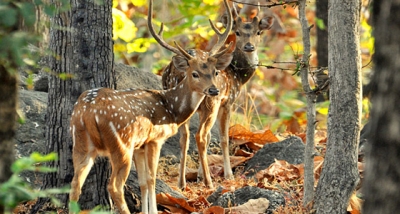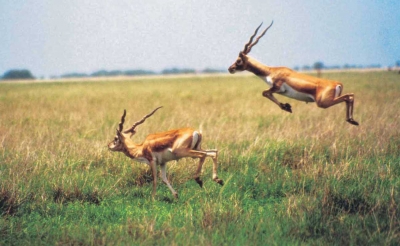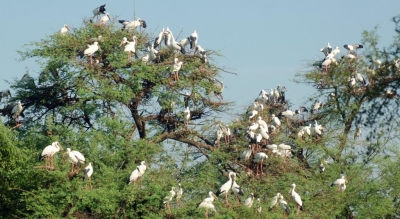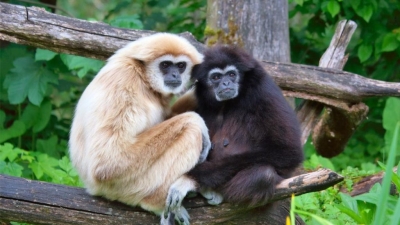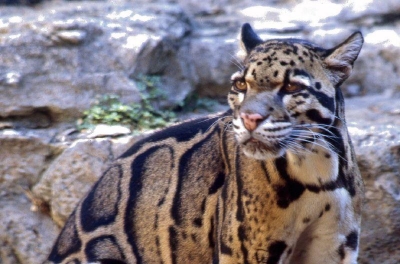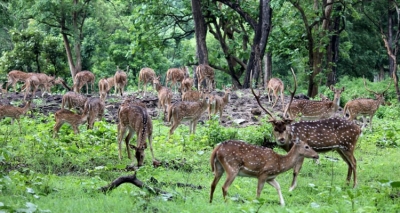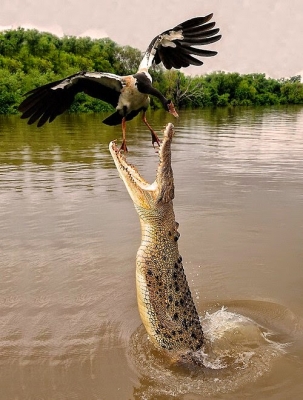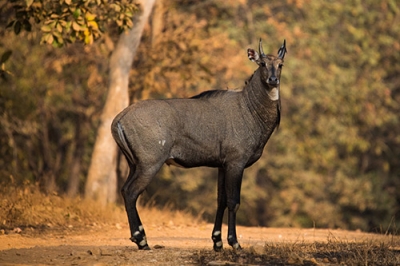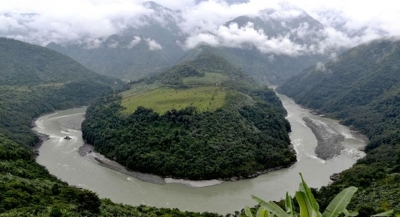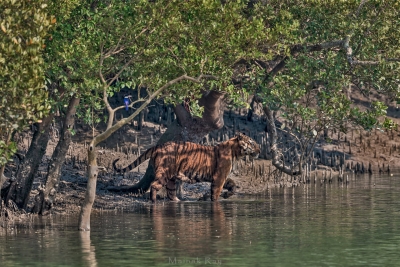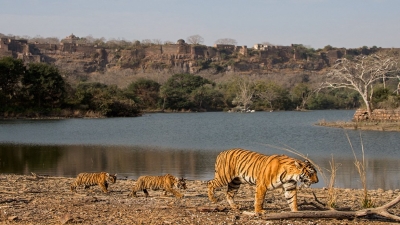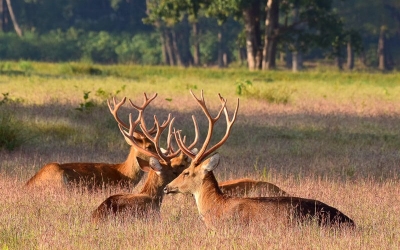Which National Park is located in Kerala and famous for Nilgiri tahr?
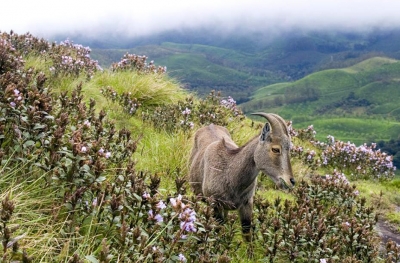
Colourful carpets
The undulating terrain of Eravikulam is marked by rolling grasslands, hillocks and shola forests. It is dominated by a stunning range of balsams and orchids. The region is also one of the best places to catch the neelakurinji in all its glory. A plant endemic to the Western Ghats the neelakurinji blooms once every 12 years to cover the region in carpets of a purplish blue pink colour. The most recent blooming of this flower happened here in 2018. Considered one of the rarest flowers due to its limited flowering window, the neelakurinji is said to have neither any fragrance nor medicinal value.
Bloom in doom?
Scientifically called Strobilanthes kunthianus, the neelakurinji was first documented in 1838, and has bloomed as many as 16 times since. They were once abundant. But now, just like the Nilgiri tahr, they have disappeared from much of their earlier range on the Western Ghats. At the heart of this problem is loss of habitat. Hilly grasslands are the homes of these plants. But according to the National Geographic "plantations of eucalyptus and acacia. Agriculture, and most recently, tourism have "stripped the grasslands in which kurinji grows. A study from 2018 "looked at satellite imagery in one part of the Western Ghats from the past 40 years and found that grasslands shrank 66 percent. It also showed that as grasslands decreased so did timber plantations increase.
With global warming and climate change already altering or destroying habitats and their inhabitants, additional human-induced destruction, deforestation and development activities around ecologically fragile and significant areas only add to existing problems.
Located in the Idukki district of Kerala and covering an area of nearly 100 sq.km., the Eravikulam National Park got its status in 1978 for its ecological faunal, geomorphological and zoological significance". Overlooking the Park is Anamudi, one of south India's highest peaks. Interspersed with grasslands and sholas, the region receives ample rainfall during the monsoons, making it an ideal habitat for wildlife. The Park is also synonymous with the endangered Nilgiri tahr and the blooming of the neelakurinji.
Bad news
Though the State animal of Tamil Nadu, the largest population of Nilgiri tahr is now found in neighbouring State Kerala's Eravikulam National Park. While these ungulates were once spread across several regions of the Western Ghats, today they are found only in a few fragmented areas of these two States. And there's more bad news for this population climate change. A study in 2018 analysed as many as 10 tahr habitats and different climate scenarios for three time periods - 2030s, 2050s and 2080s. The peer reviewed study published in the journal "Ecological Engineering" conducted there would be a drastic loss of tahr habitat in all three scenarios - a maximum of more than 60% in each time period. While population in areas such as Eravikulam may not face great threats, the concerns are more for the smaller and isolated populations in other areas.
...and some good news!
As the nation was braving the COVID-induced lockdown in April, there was some encouraging news coming in from Eravikulam. A survey held by the Forest Department that month showed that the number of Nilgiri tahr in the region had increased by 155 - newborns! With that the total count of the ungulates stood at 723. Around the same time last year, the numbers were 526 (with 91 newborns). Newspaper reports attribute the increase in newborns to the decline in human interference in forest areas". It's the mating season for the stars now, and with no human interference still the numbers of newborns are expected to go up in the next season too.
Picture Credit : Google
